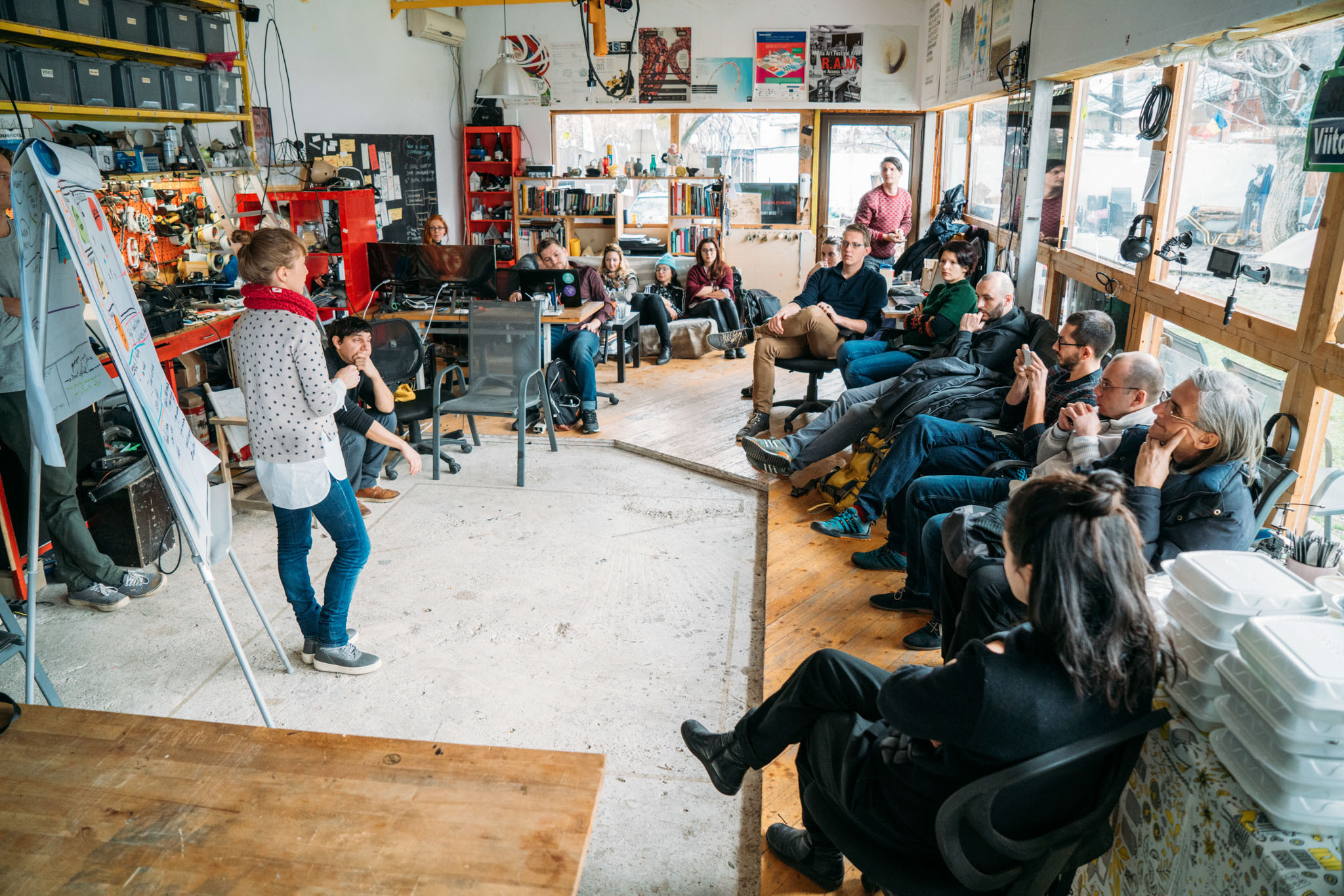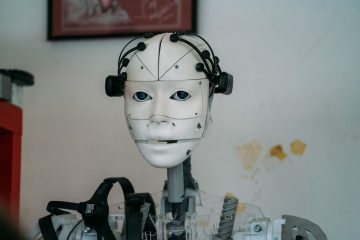A four-day digital workshop held last December in the Southern Carpathians rewilding area saw participants brainstorm new ways to mitigate human-bison conflict.

Digital technology and wild nature frequently seem worlds apart. But in the Southern Carpathians rewilding area technological innovation is now generating solutions to rewilding-related problems, ensuring that humans and bison can peacefully co-exist.
Since 2013, Rewilding Europe and WWF Romania have been working together in the Southern Carpathians to reestablish a viable, free-roaming population of European bison. The first two releases of this iconic animal took place in 2014 and 2015, close to the village of Armenis. In June 2016, a third bison release took place as part of the European Commission-funded LIFE Bison project, with a fourth release of nine animals taking place in April last year. Three bison calves were also born into the reintroduced herds last year, while another release of 15 animals is planned for later this year at a new release site.

In the Southern Carpathians, as in every other rewilding area, the support of local stakeholders is vital to the success of the reintroduction process. An integral part of maintaining this support is resolving and preempting any conflicts between reintroduced animals and people living and working in the area.
Preempting this conflict is most challenging in the cold season, when some bison stay close to local villages, feeding on haystacks and the bark of fruit trees in traditional orchards located on farms or pastures. Due to the extreme cold and a lack of food, the past two winters have seen a few bison stay the entire season close to the main villages of the area. While the rewilding team has installed solar-powered electric fences around some properties in the mountains, the potential for human-wildlife conflict is still a concern.
In an attempt to find technological solutions to the problem, the Southern Carpathians rewilding team and Bucharest-based art, science and technology centre Modulab decided to host a workshop last December. Biologists, ecologists, wildlife conflict experts, social researchers, GIS experts, technological entrepreneurs, programmers and representatives of WWF UK, Flora and Fauna International, Zarand Association, ESRI, Vanatori Neamt Nature Park, the European Wilderness Society and more came together at the event to identify new technologies and tools for real-time wildlife monitoring and the mitigation of human-bison conflict.

Four days of brainstorming and collaboration saw workshop participants come up with a three-point plan of action. This will see the development of:
- A real-time, low-cost monitoring solution focused on GPS tracking and radio transmissions, with the potential of integrating several sensors such as an accelerometer.
- A data-crunching dashboard powered by ERSI webArcGIS and developer tools, featuring automated analysis of real time bison presence, wildlife behaviour data, qualitative inputs about human activity, biometric parameters and Earth Observation Data.
- Sensor-triggered deterrents using a combination of smell, sound, light and smart electric fencing.
These solutions will now be refined and tested, with the overall goal of developing practical, evidence-based tools that can really benefit both the reintroduced bison and local communities.
WWF Romania and the Southern Carpathians rewilding team would like to thank The Partnership Foundation, Modulab, Laborazon, Vanatori Neamt Nature Park, Impact Hub, the Bison Hillock Association, Armenis City Hall and ESRI for their support in this endeavour.
- Read more about the LIFE Bison project here.
- Read more about Rewilding Europe’s work in the Southern Carpathians here.
- Those interested in seeing reintroduced bison in the Southern Carpathians up close should visit the European Safari Company website here.
- Visit the Rewilding Southern Carpathians Facebook page.
